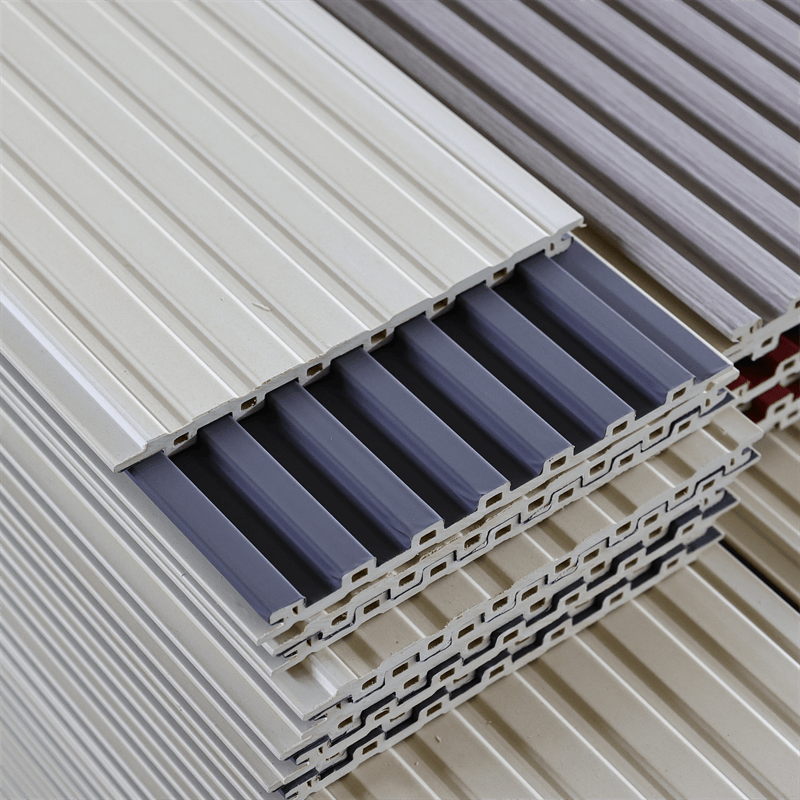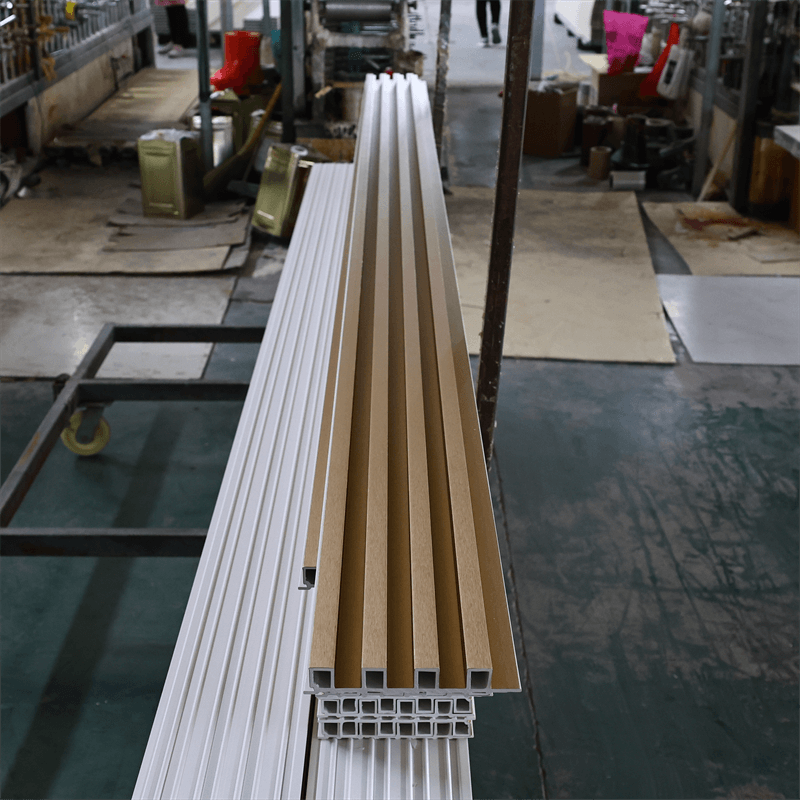
The world of construction is constantly evolving, and architects and builders are continuously seeking innovative materials that offer superior performance, sustainability, and versatility.
In this pursuit, Wood-Plastic Composite (WPC) sandwich panels have emerged as a smart choice that goes beyond the limitations of traditional building materials.
Combining the strengths of wood and plastic, WPC sandwich panels present a range of advantages that make them an intelligent and forward-thinking option for modern building projects.
In this article, we will explore the reasons why WPC sandwich panels stand out as a smart choice, focusing on their lightweight nature,
exceptional thermal and acoustic insulation, eco-friendliness, and design flexibility.
WPC sandwich panels offer a myriad of benefits that position them as a smart choice for construction projects.
Their lightweight nature simplifies transportation and installation, reducing costs and project timelines.
The panels’ exceptional thermal and acoustic insulation properties contribute to energy-efficient buildings that provide comfort and quiet spaces.
Furthermore, their eco-friendliness, derived from the use of renewable wood fibers and recycled plastics, aligns with sustainable construction practices.
The design flexibility of WPC sandwich panels empowers architects and builders to create unique and visually striking structures.
As we delve into the reasons why WPC sandwich panels are the smart choice, it becomes evident that they are redefining the construction industry,
where innovation and sustainability converge to shape the future of building.
Lightweight Construction: Easier Handling and Cost Savings
One of the standout features of WPC sandwich panels is their lightweight nature, which offers numerous advantages during the construction process.
As compared to traditional materials like concrete or metal, WPC panels are easier to transport and handle, reducing the need for heavy machinery and equipment.
This characteristic also simplifies on-site installation, leading to shorter project timelines and cost savings in labor and equipment expenses.
Moreover, the reduced weight of WPC sandwich panels allows for more flexible architectural designs, making them suitable for both new constructions and retrofitting projects.
Their lightweight nature opens up opportunities for constructing taller and more complex structures without putting excessive stress on the foundation.
By opting for WPC sandwich panels, architects and builders can embrace a smart choice that streamlines construction processes and maximizes cost-effectiveness.

Superior Thermal and Acoustic Insulation: Comfortable and Quiet Spaces
The exceptional thermal and acoustic insulation properties of WPC sandwich panels contribute to the creation of energy-efficient buildings that provide comfort and quiet spaces.
The combination of the WPC core and protective layers forms a robust barrier against heat transfer, ensuring stable indoor temperatures in all seasons.
As a result, buildings constructed with WPC panels require less energy for heating and cooling, reducing utility bills and carbon emissions.
Additionally, the dense structure of WPC sandwich panels enables them to act as effective sound barriers, minimizing noise pollution from external sources.
This feature is particularly valuable in urban environments, where tranquility and quiet spaces are essential for the well-being of building occupants.
By opting for WPC panels, architects can deliver smart buildings that prioritize both energy efficiency and acoustic comfort.
Eco-Friendliness: Sustainably Sourced and Recycled Materials
Environmental responsibility is a critical consideration in modern construction, and WPC sandwich panels excel in this aspect.
The panels are composed of renewable wood fibers sourced from responsibly managed forests, promoting sustainable forestry practices and minimizing deforestation.
The use of recycled plastics in WPC panels further contributes to eco-friendliness by diverting plastic waste from landfills and water bodies.
Embracing WPC sandwich panels aligns with the principles of circular economy, where materials are continually repurposed and recycled, reducing waste and resource depletion.
As sustainable construction practices gain prominence, WPC panels represent a smart choice for architects and builders seeking to create environmentally responsible structures.

Design Flexibility: Unleashing Architectural Creativity
In addition to their functional advantages, WPC sandwich panels offer unparalleled design flexibility, empowering architects and builders to unleash their creativity.
These panels can be easily customized, cut, and shaped into various dimensions and forms, allowing for intricate architectural designs and unique building elements.
Moreover, WPC sandwich panels are available in a wide range of colors, finishes, and textures, making them suitable for various design aesthetics.
Whether used for exterior cladding, interior partitions, or decorative features, WPC panels offer limitless possibilities for creating visually striking and contemporary structures.
By choosing WPC sandwich panels, architects can embrace a smart choice that combines innovation, sustainability, and design versatility.
WPC sandwich panels represent a smart choice that goes beyond traditional building materials, offering numerous advantages for modern construction projects.
Their lightweight nature simplifies handling and installation, leading to cost savings and shorter project timelines.
The exceptional thermal and acoustic insulation properties contribute to energy-efficient and comfortable buildings.
Their eco-friendliness, derived from renewable wood fibers and recycled plastics, aligns with sustainable construction practices.
Moreover, the design flexibility of WPC sandwich panels empowers architects to create unique and visually striking structures that embody innovation and contemporary aesthetics.
As the construction industry moves towards a more sustainable and environmentally responsible future, WPC sandwich panels stand out as a smart choice that redefines building possibilities,
where lightweight, energy efficiency, sustainability, and design freedom converge to shape the future of construction.
